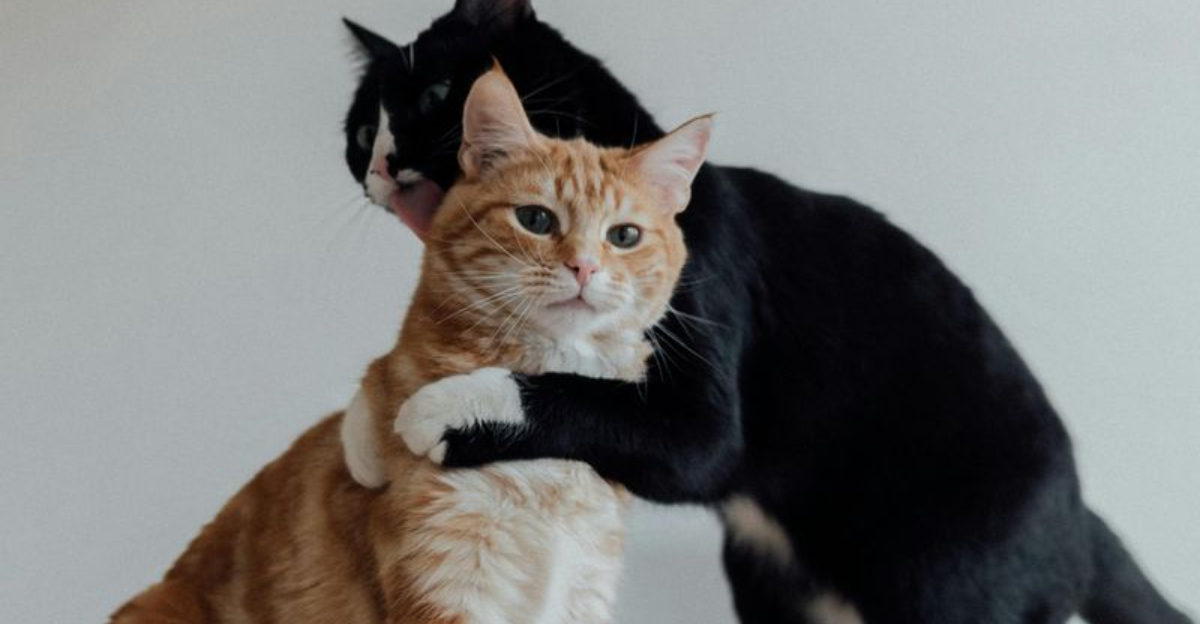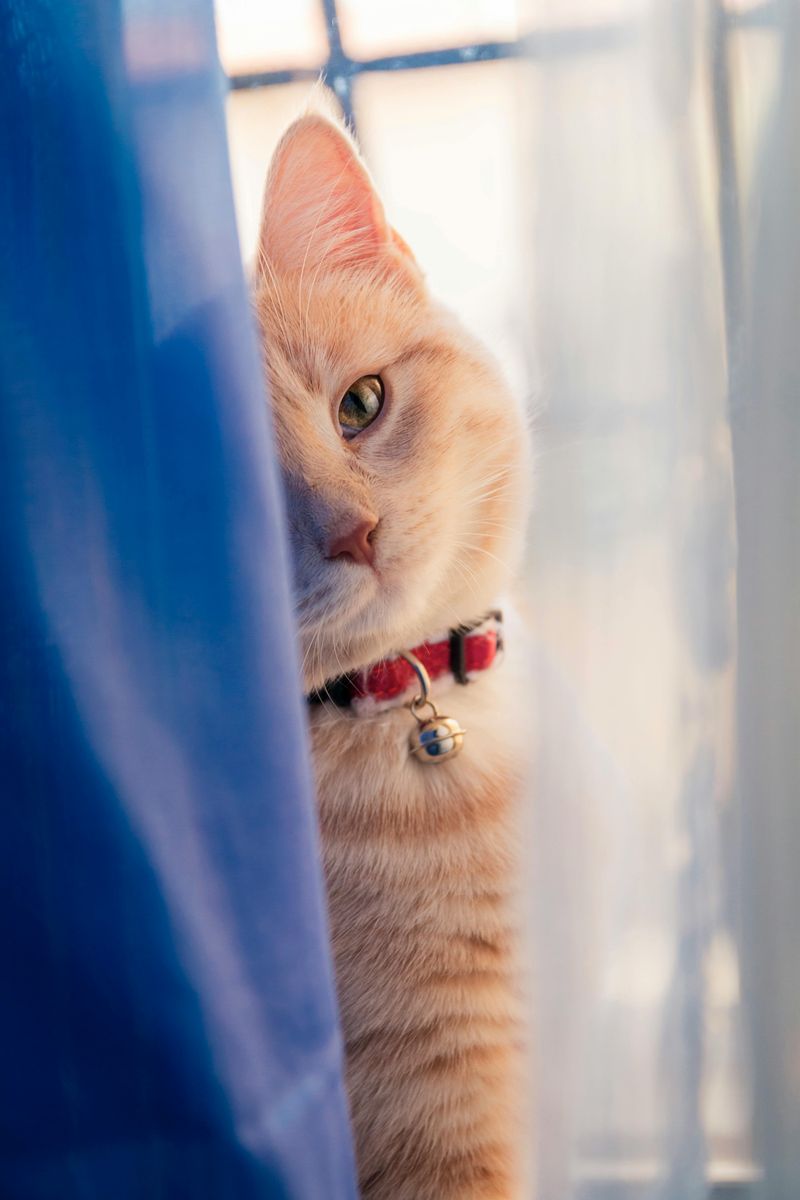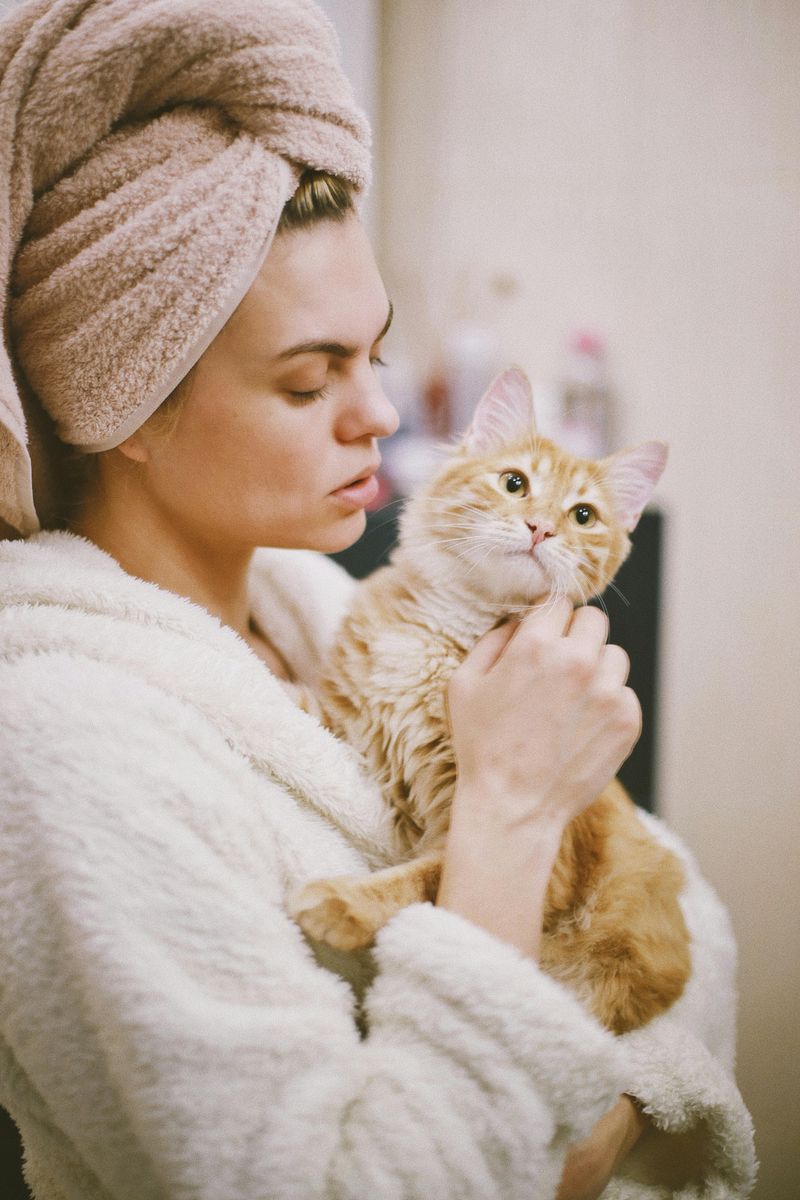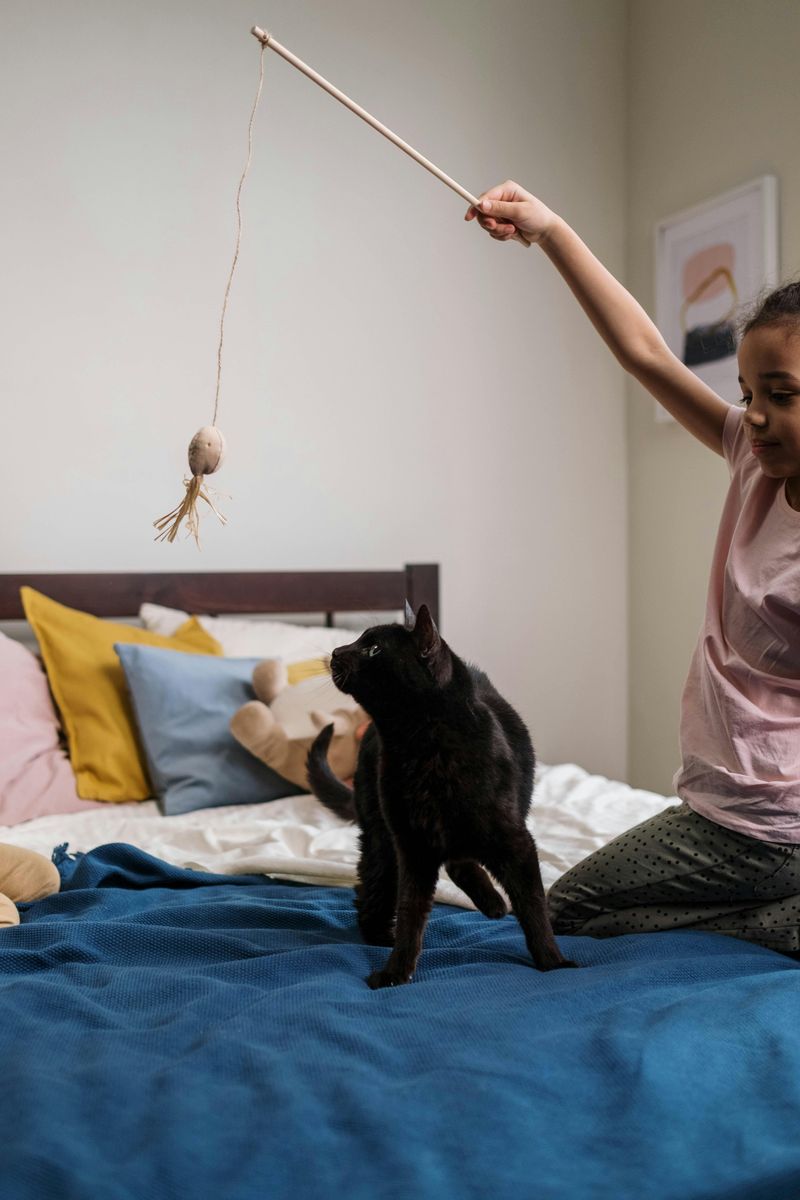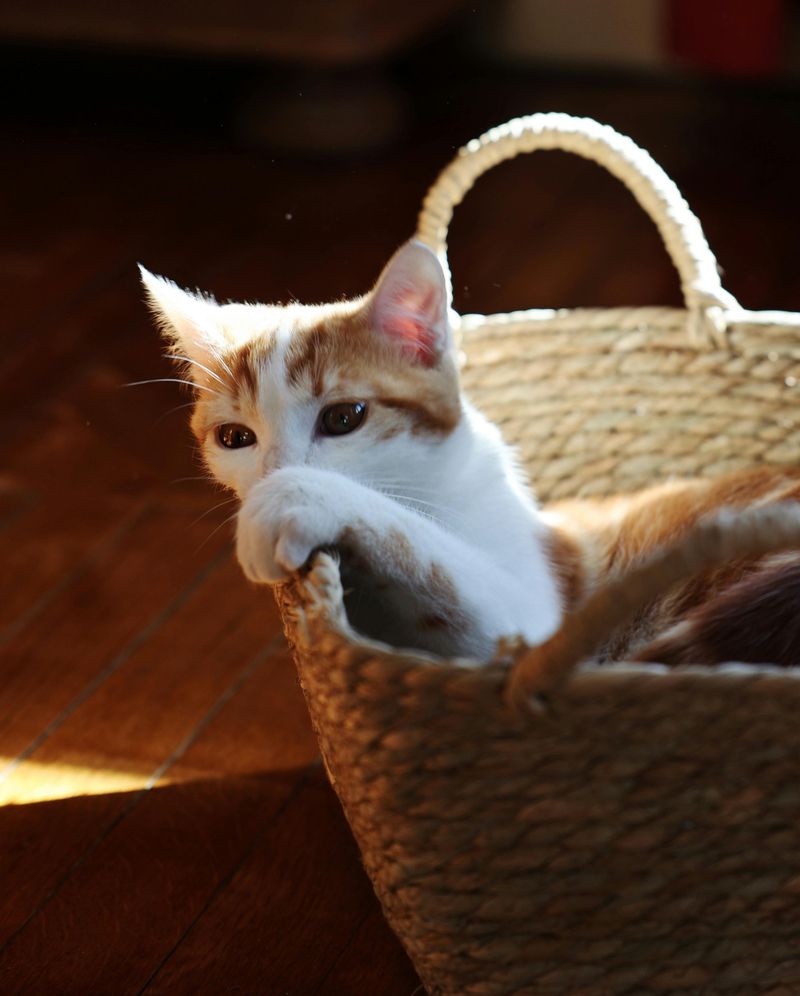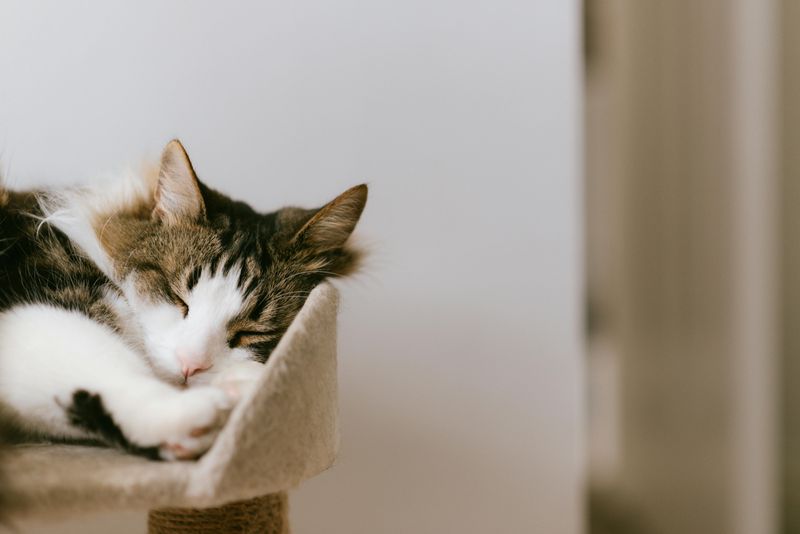📖 Table of Content:
Cats may not speak our language, but they are masters of emotional subtlety. While their quiet stares, slow blinks, and gentle purrs might seem simple or even enigmatic, they’re often rich with meaning. Feline emotions are nuanced, and their emotional needs go far beyond food, water, and a sunny spot to nap in. If we fail to notice their silent cues, we risk missing out on deeper connections and inadvertently creating stress for our whiskered companions.
Unlike dogs, cats rarely wear their hearts on their sleeves. They don’t wag tails in excitement or whine for attention, but that doesn’t mean they aren’t communicating. In fact, a cat’s world is filled with subtle emotional exchanges: the way they brush against your leg, knead a soft blanket, or disappear into a closet can be significant. Understanding these behaviors requires a shift in how we observe them. What we often dismiss as odd or aloof might actually be heartfelt expressions of need.
This article explores ten essential emotional needs that cats express quietly but urgently. These are not dramatic cries for attention, but soft echoes of a deeper bond they hope to share. By recognizing and respecting these signs, we can enrich our relationship with our feline friends and give them the kind of life they quietly long for.
1. Security and Safety
When a cat hides under the bed during thunderstorms or retreats to a quiet corner when visitors arrive, it’s more than shyness—it’s a call for safety. Instinctually wired to be both predator and prey, cats need spaces where they can feel protected and invisible. A consistent environment, free from sudden disruptions, allows them to drop their guard and show their full personality. Providing cozy hideaways and respecting their boundaries sends the message that their feelings of fear or stress are valid. Unwelcome handling or unfamiliar pets in their territory can shatter this sense of security. Some cats may act clingy after a disruption, others may withdraw completely. In either case, their behavior is an emotional barometer worth noticing.
2. Trust and Respect
Not all cats are quick to trust, and the way they build relationships is gradual and deliberate. Trust is earned, often through patience, consistency, and a gentle presence. A slow blink or the act of sitting near you without initiating contact are signs they see you as safe. If you approach too quickly or violate their space, it can undo weeks of emotional progress. By letting the cat initiate interactions, you show that you respect their pace and boundaries. Mutual respect deepens over time, transforming hesitance into affection. Every quiet moment they choose to share with you is a small but powerful declaration of trust.
3. Predictability and Routine
Routine is a pillar of emotional comfort for cats, and deviations from it can feel jarring. They learn your habits and anticipate their meals, play sessions, and resting times with impressive precision. When routines are disrupted—say, a late dinner or skipped playtime—some cats react with confusion, anxiety, or aloofness. Establishing and maintaining a schedule helps reduce uncertainty and fosters emotional grounding. Even subtle habits like changing the type of litter or food too often can create stress. Predictability assures them that their needs will be met and that they are living in a stable world. A calm, consistent rhythm invites them to feel at peace.
4. Mental Stimulation
Despite their reputation for lounging, cats are clever and curious beings who thrive on exploration. Left unstimulated, they may fall into destructive patterns like excessive grooming, aggression, or depressive lethargy. Environmental enrichment—such as puzzle feeders, interactive toys, or even bird-watching—gives their brains much-needed engagement. Without it, their emotional needs for novelty and challenge remain unmet, affecting their mood and health. Rotating toys or introducing new scents can ignite their interest and prevent emotional stagnation. Observation of their behavior often reveals when they’re bored: sudden bursts of energy or obsessive behaviors are key indicators. Mentally fulfilled cats are more balanced, confident, and connected to their environment.
5. Affection on Their Terms
Physical affection for cats is complex and deeply personal, often dictated by their past experiences and individual temperament. A cat who rubs against your leg but runs from your hand is expressing love—just not in the way you expect. Respecting these expressions without forcing interaction allows them to feel emotionally safe. Some may prefer sleeping nearby rather than being held, or gentle petting on the head instead of full-body contact. Their subtle cues—like a slow tail swish or a pause in purring—can indicate when they’ve had enough. By tuning in to these preferences, you build trust and intimacy on a deeper level. True affection from a cat is given, never taken.
6. Territorial Comfort
Territory is central to a cat’s emotional well-being, serving as both refuge and kingdom. Cats mark their territory with scent glands, rubbing their faces and bodies on furniture—or on you—to establish emotional ownership. Frequent rearrangement of furniture or new pets can disrupt this sense of control and provoke anxiety. Providing a stable space where they can retreat, perch, and observe safely is essential to their emotional health. Even subtle changes in their behavior—like avoiding certain rooms or overgrooming—may signal discomfort in their territory. Recognizing these shifts helps you support their need for spatial control. A well-established territory offers emotional clarity and calm.
7. Freedom of Choice
Choice is a subtle but significant emotional need for cats, influencing how safe and autonomous they feel. When they are cornered, picked up without consent, or denied access to preferred spots, they may become withdrawn or reactive. Allowing them to initiate interaction, explore rooms on their own terms, and choose resting spots affirms their sense of agency. Multiple safe exits, cat trees at various heights, and accessible hiding spots all empower them emotionally. Without freedom, their stress levels can rise, manifesting in aggression or hiding. Observing how they navigate their space reveals how comfortable they feel in their autonomy. Cats who feel in control are more confident and emotionally balanced.
8. Peace and Quiet
Excessive noise, constant movement, or chaotic environments can fray a cat’s emotional stability. Sensitive to sound and vibration, cats often seek out quiet nooks not just for sleep but for emotional decompression. A loud TV, barking dog, or clattering dishes may seem minor to us but can be overwhelming to them. When overstimulated, they may retreat for hours or display agitated grooming or pacing. A peaceful home—or at least a quiet zone within it—gives them the ability to regulate their emotions. Providing soft beds, low-light spaces, and limited foot traffic in key areas can make a world of difference. Silence is more than comfort; it’s emotional sustenance.
9. Acknowledgment and Inclusion
Many cats long to be near their humans—not necessarily for petting, but for presence. When they sit on your paperwork, follow you from room to room, or vocalize during your tasks, they’re asking to be part of your world. Inclusion doesn’t always mean cuddling; sometimes it’s simply being noticed and welcomed. A gentle word, a glance, or a head rub acknowledges their role in your shared space. Ignoring these efforts may leave them feeling invisible and emotionally disconnected. Creating small rituals, like greeting them in the morning or involving them in mealtime routines, fosters a sense of belonging. Inclusion nurtures their sense of family.
10. Emotional Reciprocity
Far from being indifferent, cats are emotionally perceptive and attuned to the moods of those they trust. A cat that curls beside you when you’re down, or quietly stays near you during illness, is offering unspoken support. They look for that same presence in return: a gentle voice, a reassuring stroke, or silent companionship. Ignoring their quiet offers of connection can create emotional distance over time. Cats flourish when they sense empathy and recognition from their humans. Just as they respond to our feelings, they hope for ours in return—even in quiet, subtle ways. Emotional reciprocity strengthens bonds that words could never fully express.
